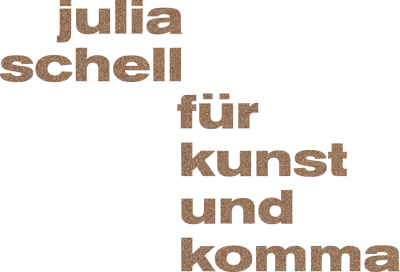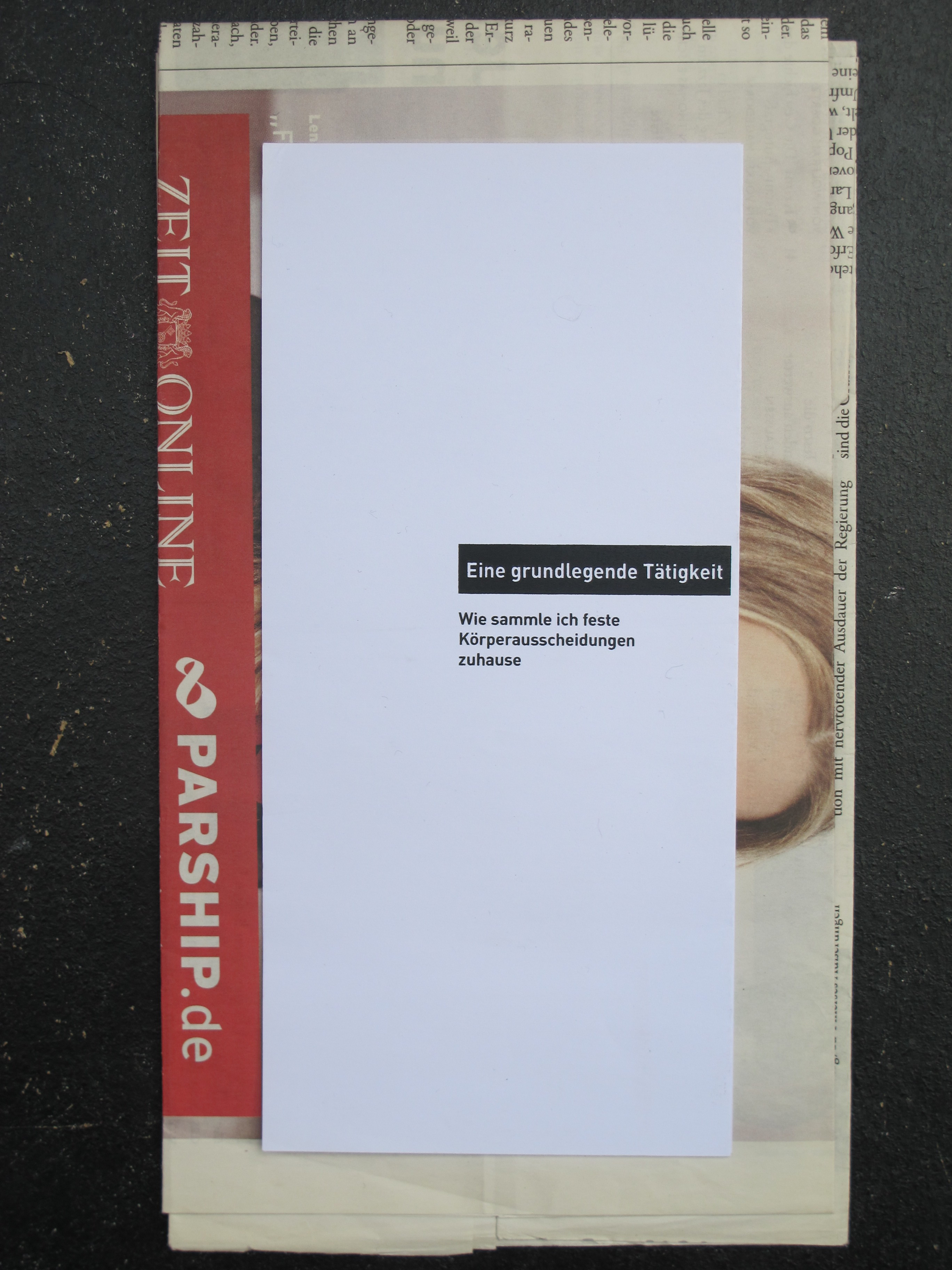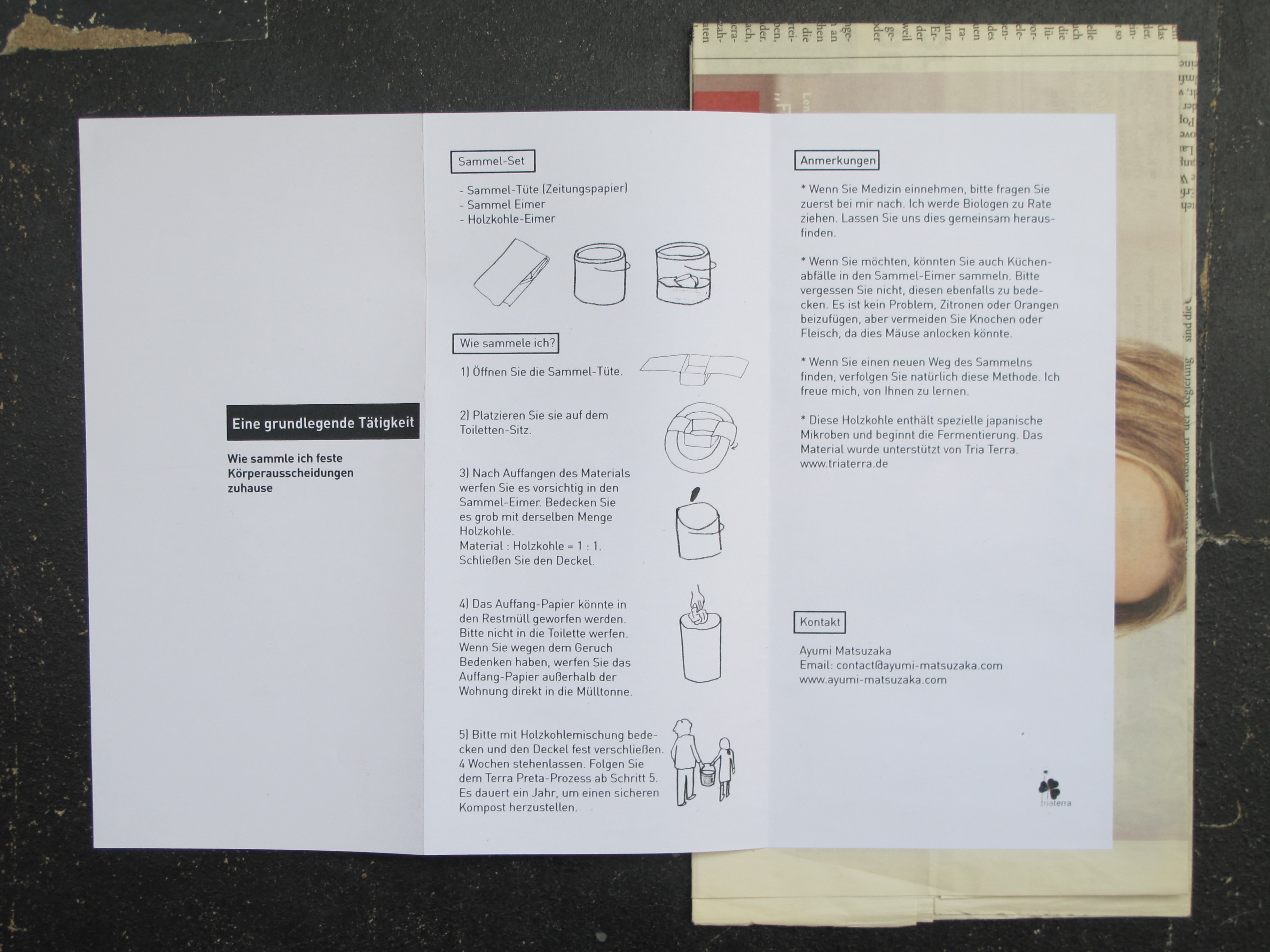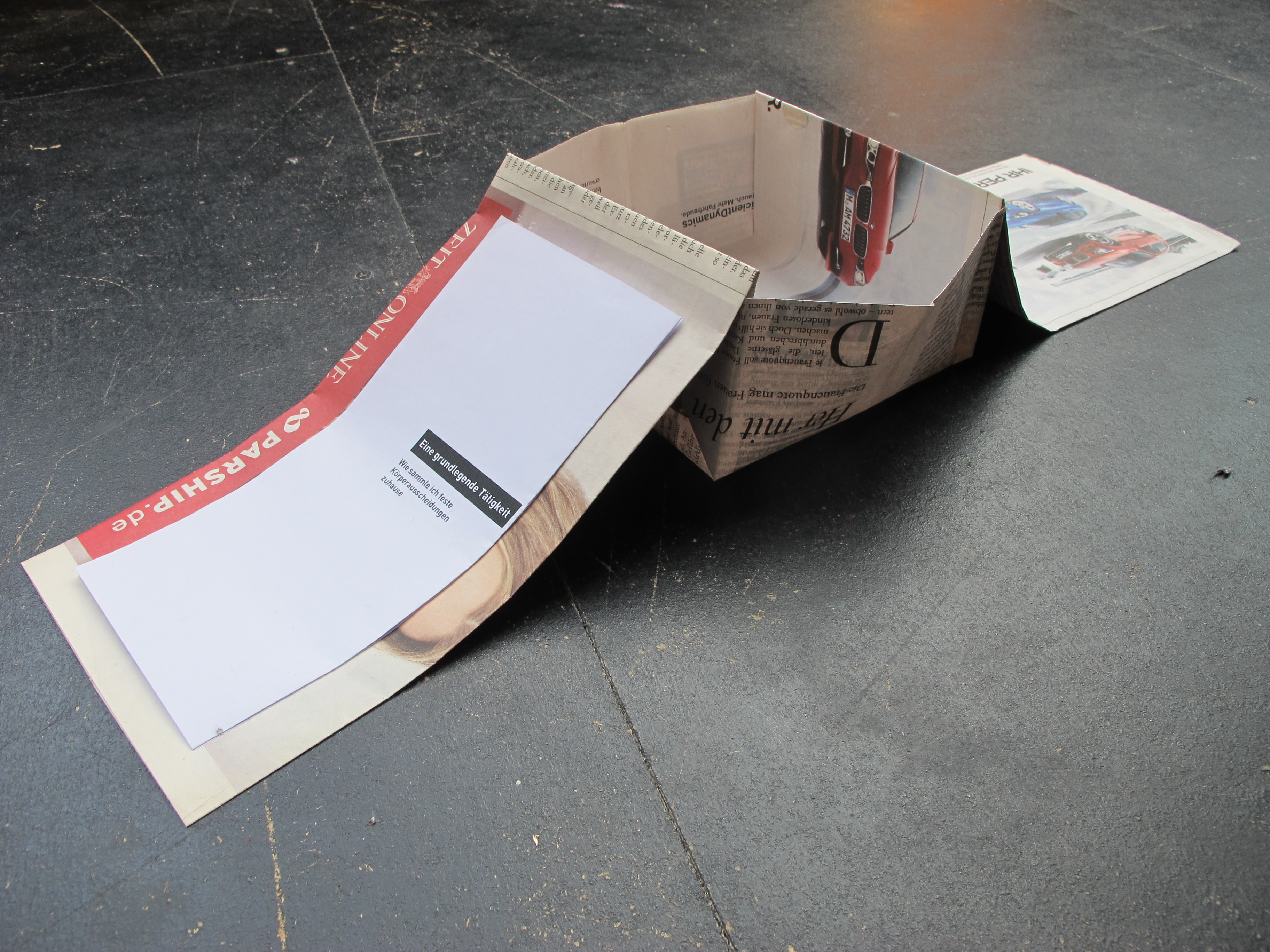CLOSED CIRCUIT COMPOSTING
Ayumi Matsuzaka is a berlin-based artist whose work focuses on social encounter, sustainability and open processes. over the last years, she has developed a practice of communal composting within the framework of artistic performances. I met her in her apartment in neukoelln to find out more about this unique approach and her innovative vision.
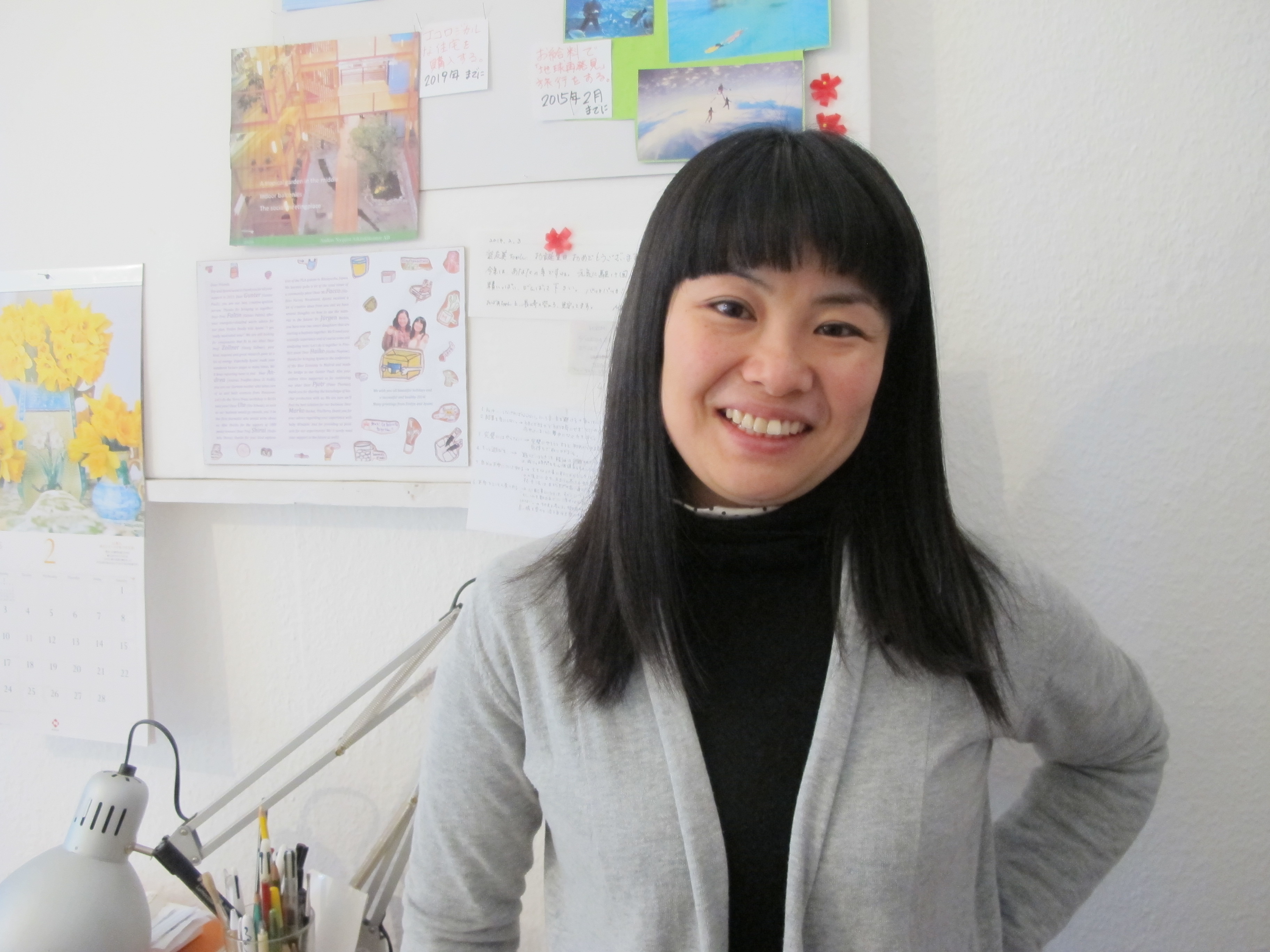 Ayumi Matsuzaka. © Julia Schell, 2014.
Ayumi Matsuzaka. © Julia Schell, 2014.
Julia Schell: When and how did you become aware of Terra Preta Sanitation?
Ayumi Matsuzaka: I just wanted to experience the closing of the natural cycle with my body. I had the idea in 2009 and basically, I just wanted to make a personal soil: I eat something, digest the food, collect my urine, transform it to humus to grow vegetable and salad and then eat it. I wanted to know the taste of my salad. This was my idea.
And when you started working on Terra Preta – apart from doing a performance, were you also interested in passing on the knowledge? What do you think about the method and its potential use?
For me, it is important to enjoy it. If I don’t enjoy something, I give up. When I finished my cycle – it took one and a half year to close my cycle – and when I ate my salad I felt very good. For me, who is not a scientist, it was complicated to understand the process of fermentation. And my scientist and me, we had really long discussions by telephone – it’s not like baking a cake at home. I was not comfortable with the numbers and processes and ingredients. And so I started to produce drawings for myself because I am a visual person and then I thought, it would be nice to share my experience with others, if others want to do it.
What is the relationship of your drawings to your performance?
I think it’s my work. My art is a public art. People can join what I do. But if a friend says to you, „I want to do the same, how do you do it? Can you explain it?“, then you realize how complicated it is. And you think: what is the best way to explain to her? If I want scientific information in a good shape, good colour … not too many numbers – then I am very happy. So, I do it.
So, there is a lot that you do on your own over a long time and then you document it in videos for others and you share drawings and host workshops so other people can participate. What is people’s reaction to your work?
Because it is sanitation, some people don’t like to touch it – which is completely ok. Others are really curious. I think the best way is to first eat together for fun. We eat, drink, celebrate and then, yes, we need to go to the toilet and then you are welcome to use the compost toilet. I did this action in Stuttgart at the Lange Nacht der Museum 2012. I made one room for cooking a Japanese curry rice, I sold beer and 200 people came. In the next room, I made two compost toilets and around 50 people used them. And then the gallerist transformed it to Terra Preta humus over the course of one year. One year later I had an exhibition there and I had a paragonium, a Geranium-kind very good perfume and everybody came back to receive one pot. You donated something, I gave them something back.
Why do you think people don’t want to use the compost toilet or eat food made out of their body waste?
I think simply, people don’t think a lot and don’t like to talk. And it is understandable. People like to talk about food and good food and put nice images on facebook – and, yes, we like to share that. But we don’t like to talk about how our shit was. And I normally don’t call it shit or pipi, but body waste. I made this Origami-style paper-bag to collect solid body waste. For collecting you have 2 buckets at home, one with the body waste, one with charcoal. So, I was trying to make a nice kind of way where without having to see their body waste, people can collect it and then put it into their bucket.
And do you feel the Terra Preta Sanitation is something more people will employ in the future? It took one and a half years for you to produce the soil – that’s a long time.
If we compare it to developing countries, this is still not priority number one. I think only a limited amount of people will do it, but it is a special and personal experience. And the question is: how do you connect yourself to nature? And if we ask this question to many people in the city, everybody could say, I make compost or I don’t buy plastic or I buy bio-food and one possibility is: I make compost from my body waste. I live in Berlin and I like to take care of myself and of where I live. And if others want to do that together, than you’re welcome.
And how did you become interested in this natural cycle in the first place?
I used a compost toilet in Finland in 2008. A friend of mine has one, and we buried the material in the forest. And she explained to me that her father used the compost toilet, who died a few years ago and he often went to the forest to collect blueberries and used his compost toilet during the summer time. So, around the compost toilet there are a lot of blueberries. And when I heard that, I felt … this was a moment where an artist found an idea. I didn’t know her father but I feel he was still here. There were blueberries that grew from the seeds he ate and they grew with his energy. And this was when I thought: we could make some personal soil.
What is the red thread you see in your work over the years?
Basically I am interested in how we could meet other people. What are our motivations? What kind of way is the best way to meet others? Can we do something together? Why do we need a society? In each place, I am an outsider – so I need a way to connect to the local people. And taking everyday material like jam, beans or teabags, plants give me one tool to connect myself to others. It’s a kind of game. When we start a game, we can start a certain relationship, if we want and we don’t know what will be in the end but I often use some material that disappears or becomes smaller over time. Somehow, some memory will be there but the object has another meaning. It can be a reason for people to come and meet and create network. And I don’t tell people what to do because if an artist tells the audience in the beginning, they will follow that. But I like to have a kind of free way to grow, I can fail, people can leave if they want, if they find their own barrier on the object, this is great. This is the power of art that we can find some small new point of view in our daily routine.
Is there a link between the sensual artistic experience and scientific knowledge in the art world?
I am part of an exhibition called art/aesthetic and sustainability, curated by Adrienne Gora. Many artists in the world who do artwork connected to sustainability are showing their work – a very practical site. Often there, artists work with a scientist. I think this is a quite natural tendency because some artists like to see our daily life in a different way – maybe in a long time-span, we do something very slowly to see some very sensitive point that you normally ignore in daily life. And we deal with our time and daily life, ourselves … and in our time, we face energy issues, soil, plastic, water – many issues that are being discussed. These are very healthy things for artists. So that is part of daily life and if there are possibilities that we can do it on ourselves, then I think people should start doing it.
What do you hope the audience could discover in your work?
Feeling you a part of something, something could be community, part of nature, your neighbour or where you live. I feel this is a basic wish that human being likes to be part of something. But before you start, you don’t know and only afterwards you realize that you became part of the natural cycle. I myself was very impressed by the way I connect.
___________________
Ayumi Matsuzaka lives in Berlin and works and exhibits all over the world.
www.ayumi-matsuzaka.com
BACK TO POSTS!
